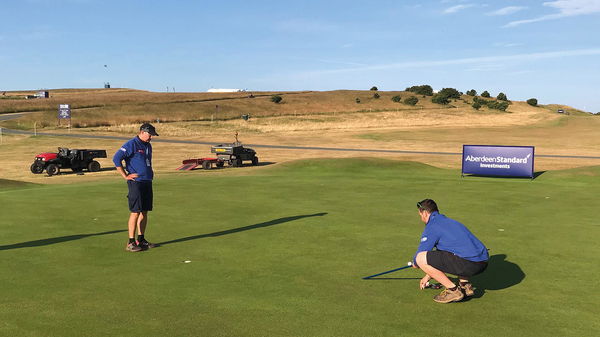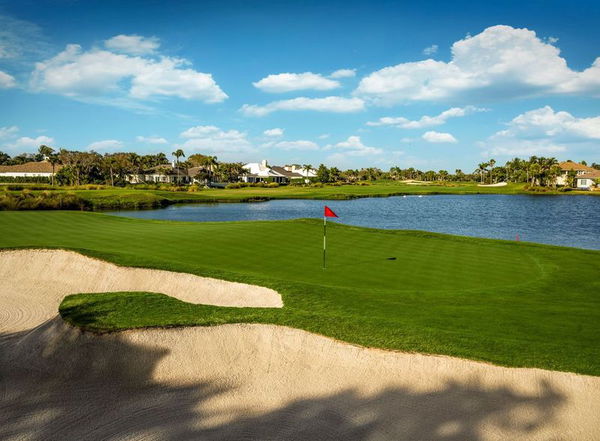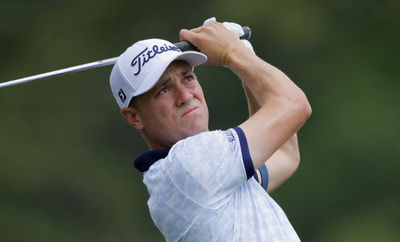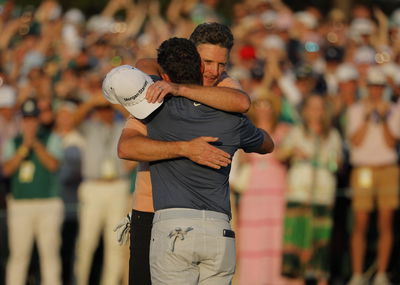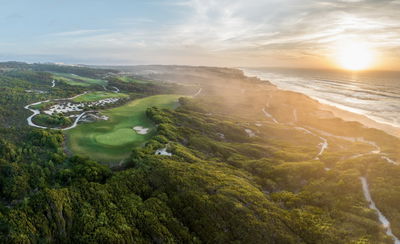Why do some golf clubs use temporary greens, while others don't?
GolfMagic teams up with the British and International Golf Greenkeepers Association to learn more...
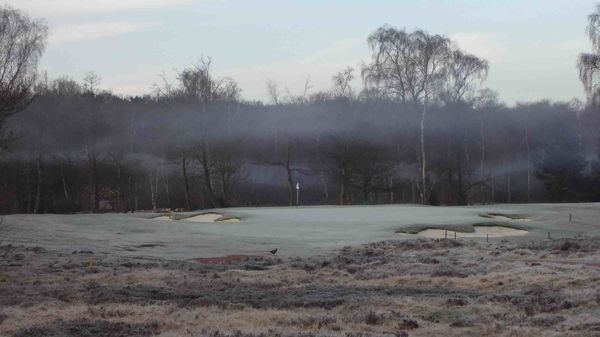
Nothing causes more gloom for golfers in winter than the sight of frost on the ground. Will we be playing on the main greens, or will it be the dreaded temporaries that mark our winter round?
Why is it that some clubs choose to protect their greens when it’s icy but others don’t?
GolfMagic joined up with BIGGA and asked four course managers to take us through their frost policies before asking a further duo why they do, and don’t, use temporary greens. Their answers might surprise you.

Keith Burgon, head greenkeeper, Eyemouth GC:
Eyemouth is located on the south east coast of Scotland and is positioned on the cliffs above the North Sea.
We have USGA-built greens which we play on all year round. We do not have a frost policy in place. The club has never had winter greens and has always played on the full greens in the frost.
The club gains a lot of income from playing a full course through the winter, which is important as we are a small club and we get a lot of golfers who travel over an hour to come and play.
This year we are putting posters up around the clubhouse to try and encourage golfers to clean the frost from their shoes before they walk onto the green.
This is because sometimes the frost gathers on the studs and makes golf shoes more like football boots.
My only real problem is when the frost starts to come out and golfers start to make pitchmarks that they can’t repair. Unfortunately, this is something I just have to live with. It isn’t worth changing because the golfers have done it for so long and the greens still perform well after a cut and roll when the frost has come out of the ground.
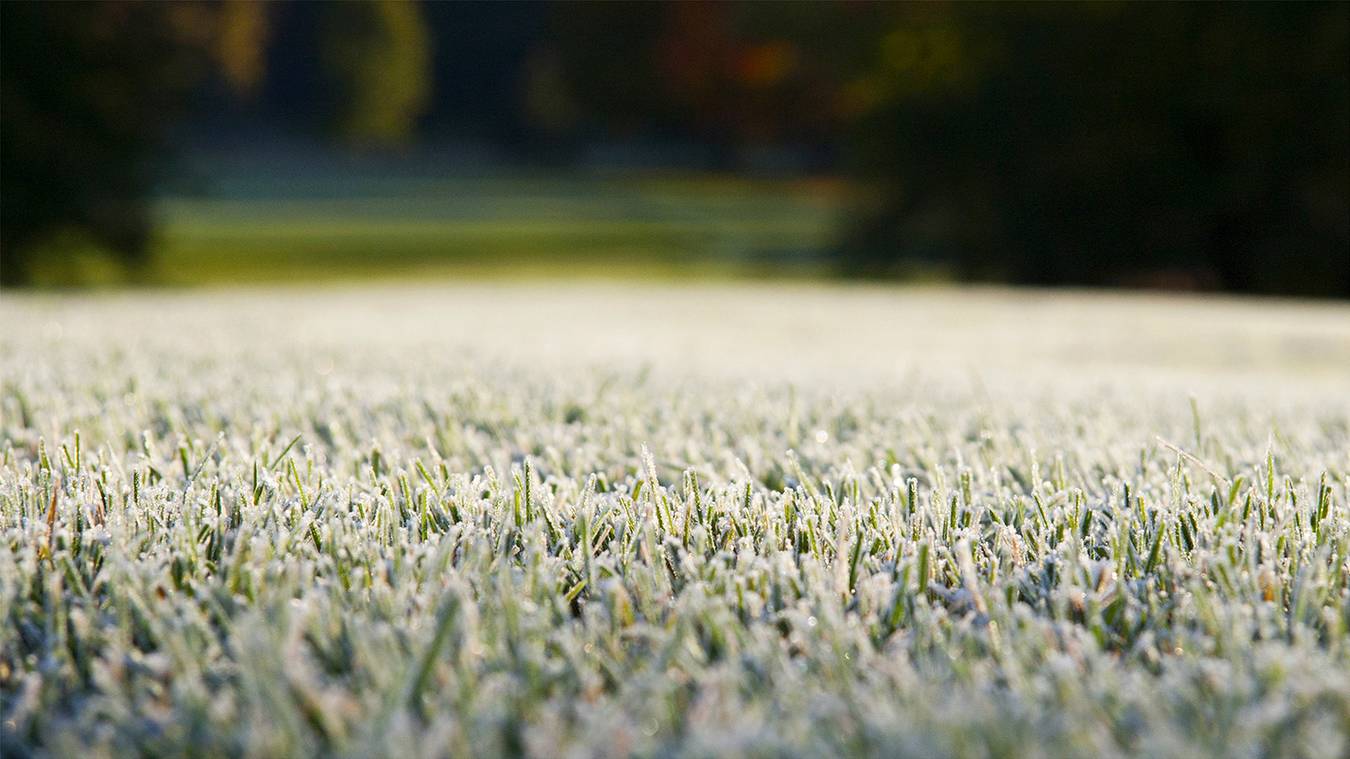
Grant Peters, course manager, Parkstone GC
Play on frosty or frozen greens is an issue that has split greenkeepers and clubs for some time.
Having spent the majority of my greenkeeping career in Scotland, where cold temperatures and frozen greens are more common, my learning has always been to protect our most important asset - the greens.
This is especially important at times when they are under extreme environmental pressure.
We have irrigation to protect for extreme heat, drainage and aeration to protect against excessive moisture and, in my view, protection from frost and freezing in the form of temporary greens.
It is very hard to predict when damage will occur during a frost, so I like to protect the greens until they are fully thawed. The policy we implement at Parkstone is that no play is allowed on the greens during frosty or frozen conditions.
It is the greenkeeper’s responsibility to make the decision when play can return to the main greens. At the weekends we make the last inspection at 1pm.
If the greens have not thawed then they will remain off for the rest of the day.
It’s not the most popular policy, but through the right communication and plenty of updates during frosty mornings, the majority of the members accept the inconvenience of playing to temporary greens.
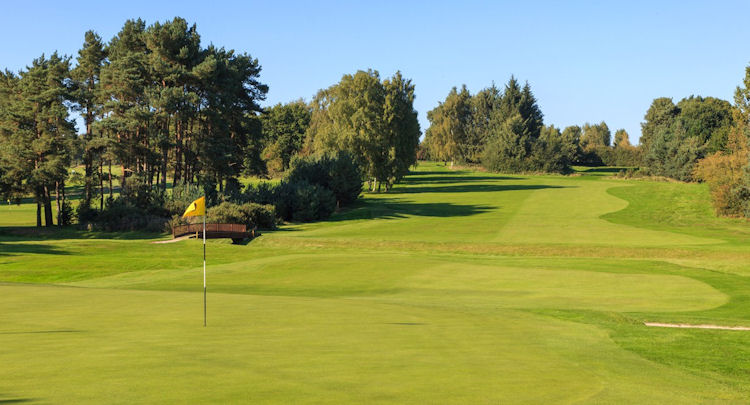
Rob Hay, course manager, Northamptonshire County GC
When it is frosty the course remains open for play and, depending upon the severity of the frost, the flags are taken off the greens and put onto our frost holes.
The club has a frost policy that is circulated to our membership each year, which explains our reasons for using frost greens and the differences between a light frost that doesn’t cause long-term leaf damage and a heavy frost that can cause root shear and serious leaf damage.
Over the past few years we have extended our greens maintenance out in front of the green to incorporate the frost hole positions. This not only improves the playing surface for summer golf but also improves the condition and playability of the frost holes during the winter.
We are fortunate to have separate winter tees in different locations to the summer tees, so any yellowing of the grass from playing on frost is confined to these areas.
Depending upon any competitions being played, the course will remain on the frost greens until the risk of damage to the plant has passed or, if present, the ground has completely thawed, removing any possibility of root shear.
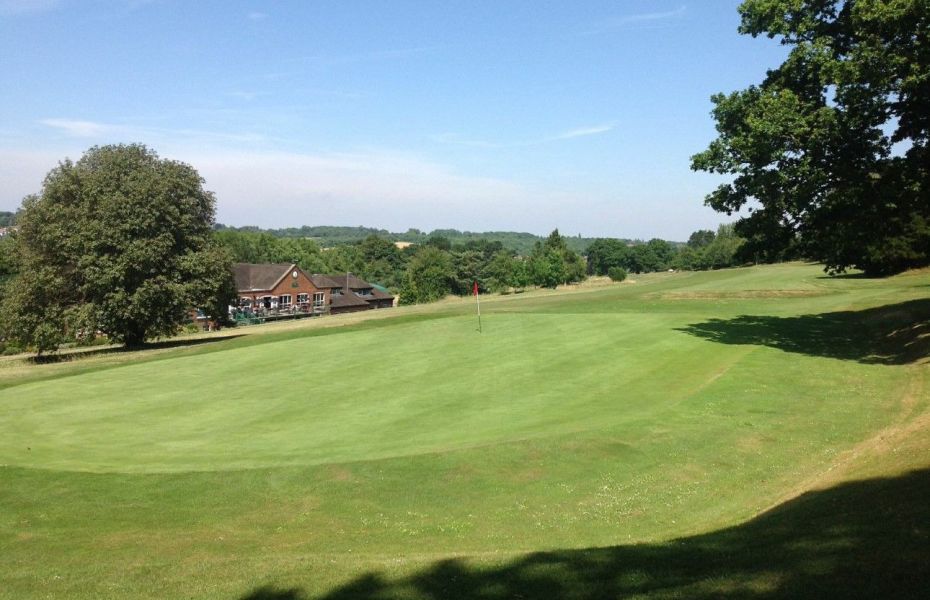
Sam Bethell, course manager, Chipstead
Our first response to frost is to ban buggies until it lifts. Having bruised the turf, the tyre marks leave an unsightly black mark which can take a week or two to disappear.
The work vehicles are included in the ban and so the greenkeepers will walk the course to make sure all is well.
My opinion on ‘greens in play’ for Chipstead has changed. When I started in 2015, the greens were on temporaries for frost and when they were thawing following a deep freeze.
But our 3rd and 4th greens had to remain open as there is no room on the holes for a temporary. We noticed no difference on these two greens in comparison to all the others and strangely there was no bruising or footprints, which is something I was fully expecting. Last winter we went with main greens all the time, and again there was no damage done.
I do believe it’s horses for courses, but at Chipstead this has worked fine and has kept much needed money coming in through winter.
If I was to move to another club, I would certainly re-assess this method to make sure it suits.
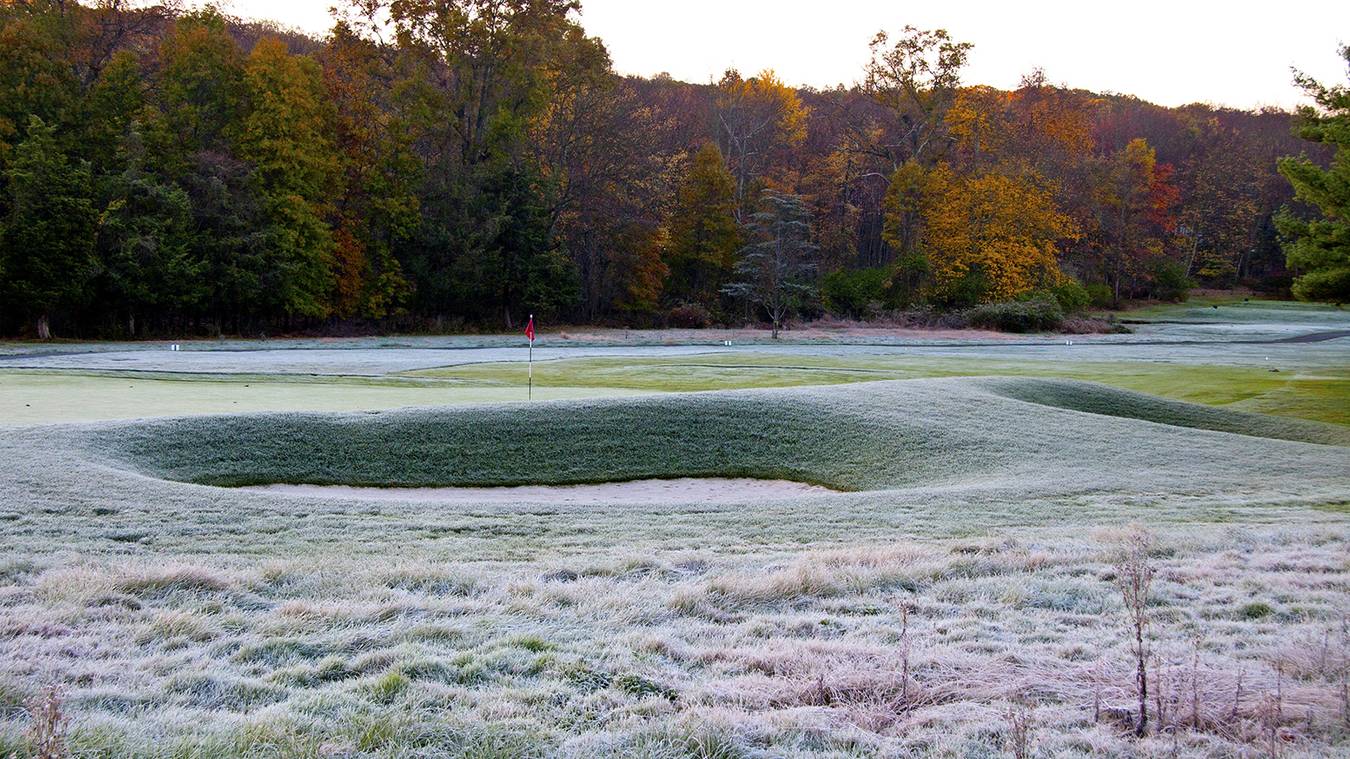
Does frost damage greens?
Frost is formed when cool air causes water vapour to condense and form droplets that freeze on the ground. There are a number of different types of frost, including air and hoar, but we are principally concerned here with ground frost.
Greens are fragile and, when there is a visible frost, the grass plant can become brittle and then crushed when golfers or machinery come into contact with it.
But even when a frost isn’t visible, and the top-soil has thawed, the sub-soil may still be frozen.
That can cause a root break where the underlying roots are severed and cause the plant to die.
However, whether to play on frosty greens or not is a subject of much conjecture within the turf community and the issue of frost should be considered on a course-by-course basis after examining all the impacts.
This article was first published in Your Course, the twice-yearly magazine from the British & International Golf Greenkeepers Association that aims to inform golfers about what goes in to the maintenance of a modern golf course and the greenkeepers whose job it is to produce the surfaces.
